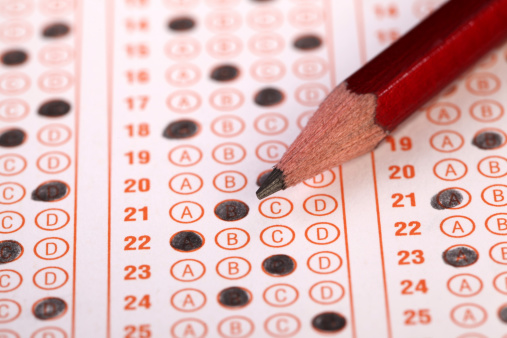Tips for Taking and Passing the CPA Exam

The need for qualified accountants, particularly those with CPA credentials, is expected to grow over the next decade. In a competitive job market, taking the CPA exam can definitely provide an edge with employers who are hiring.
If you’re considering taking the CPA exam, here are some tips to help:
When to apply for the CPA exam:
The CPA exam is no different than any other exam in the sense that it is just an exam. Whether you are taking the BAR, the LMSW/CMSW, or any other licensing exam, students need to understand their test taking ability.
Everyone tests differently and everyone studies differently. The first step in preparing to apply for the CPA is to identify how long you need to prepare for the exam. Make a list of what materials you will need to prepare, how comfortable you are taking tests (this can help determine whether you take the exam online vs. traditional—see below), and assess other aspects in your life (work, personal etc.) that may hinder your ability to put aside study time.
Students who want to schedule their exam before they graduate can do so up to 180 days prior to graduation—but make sure there are no obstacles to your graduating. The NASBA requires proof of graduation for all students who have sat for any part of the CPA exam within 150 days of graduation. If no proof is provided within that window of time, then any part of the exam you may have already paid for and taken will be negated and you will have to start over. Most students feel it better to wait until they’ve graduated before scheduling the exam; this allows for greater flexibility.
Note—you will need at least six months to study. The NASBA suggests that if you are graduating in May, set up your timeline for study and submit your CPA exam application by August. Doing so will allow you to sit for the November/December exam. You can obtain an application by visiting http://nasba.org/exams/cpaexam/.
How CPA Exams are Scored and Pass Rates:
According to AICPA and NASBA regulations, two formats for taking CPA exams have been instituted. Previously, the only way to take a CPA exam was via paper and pencil format or “traditional” testing. In 2004, a computer-based examination format was launched, allowing students to choose how they will take the exam. The only difference between the two formats is how the exam is taken. The traditional test has to be taken within a specified time frame, while students who take the online format can parcel out sections of the exam and take them at different times (more flexibility). Both exams are still scored the same way; scaled against an established standard of competence. Any increase in passing rates has to do with student preparedness, not how an exam is scored. Passing rates for the 2014 uniformed CPA exam can be viewed here: AICPA 2014 exam passing rates.
Resources and Links:
Utilizing a review course could mean the difference between passing and failing your exam. No one size fits all; it’s extremely important you choose the course that’s right for you and your learning needs. Most review courses take six to twelve months to study and prepare for, so be patient with yourself and take the time to go through a full review course before rushing into the exam. Here are some links to some of the top rated review courses in the field right now: WileyCPA, Roger CPA Review, Yaeger CPA Prep, and the AICPA sample tests.
PrideStaff Financial, awarded Inavero’s 2014 Diamond Award, are experienced financial and accounting staffing consultants. Contact us today to find out how we can help you find an amazing accounting and finance job!



